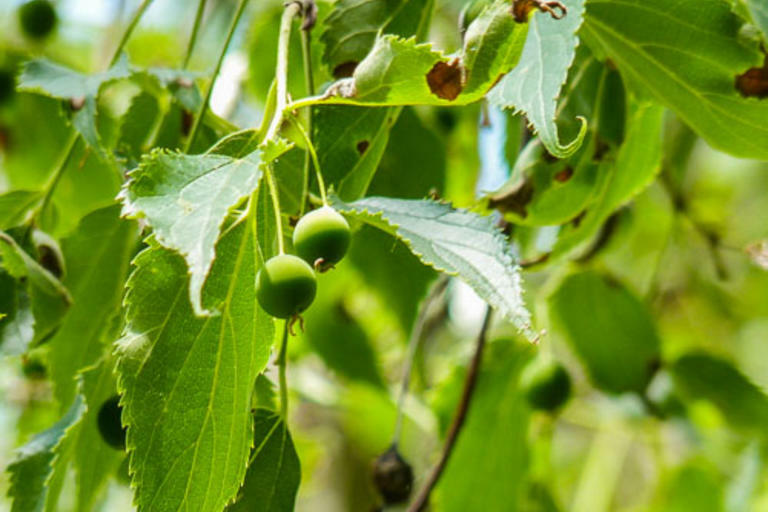
Introduction
The monastery of Sant Cugat, beyond its religious role, was a center of feudal power. As such, it needed minimal defenses, an elevated location, and a closed architectural configuration.
We are now on Passeig Paga-li Joan in the southern sector of the gardens around the monastery. In 2010, the city council carried out restoration work on the gardens and archeologically searched for more sections of the wall in this sector. When they were found, they were recorded and paved on the ground, on the surface of the Parc de l’Hort de l’Abat and the gardens of Paga-li Joan. In this area, there was a remarkable planting in triple alignment of new hawthorn trees, a species from the easternern Mediterranean, but naturalized in our country.
The hawthorn is a tree that comes from Palestine, and has a great religious symbolism linked to the legend that explains that Judas Iscariot hung on this tree. Its wood is very hard and was used to make forks and tools forin the field. Its branches were used for livestock, and even provided good firewood and charcoal, so it was close to the farmhouses. It also has medicinal properties as an astringent, antidiarrheal and stomachic substance. A yellow dye was taken from the roots to dye the silk, and the fruits are sweet and edible.